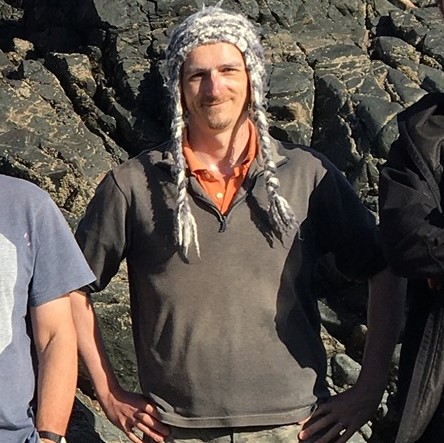Geochemistry, Geochronology and Mineralization Styles Accompanying the Neoproterozoic Evolution of Orogenic Belts
A special issue of Minerals (ISSN 2075-163X).
Deadline for manuscript submissions: closed (15 April 2024) | Viewed by 2365
Special Issue Editors
Interests: petrology and geochemistry of ophiolitic/Alaskan-type rocks and their mineralizations (magnetite, chromitites, platinium group elements); geochemistry of iron and titanium-bearing mafic-ultramafic layered intrusions (ilmenite-magnetite ore deposits); mantle processes (melting process, mantle metasomatism/heterogenity, thermal anomaly of mantle, mantle geodynamic, mantle upwelling/recycle etc.); carbonization of mantle (Rodingites and Listvenite)
Special Issues, Collections and Topics in MDPI journals
Interests: metamorphic processes; fluid–rock interaction; secular change; Archean; calculated phase equilibria
Special Issues, Collections and Topics in MDPI journals
Special Issue Information
Dear Colleagues,
Orogenic or mobile belts are mountainous regions of the Earth's crust that develop at ocean–continent or continent–continent convergent plate margins. Such belts have been documented since the onset of plate tectonics during the Archean and are host to a wide range of mineral resources. In this Special Issue, we focus on the geochemistry, geochronology, and mineralization in the Neoproterozoic orogenic belts that formed during the period 1000–450 Ma, including the East African orogen that formed the Arabian Nubian Shield and the Mozambique belt; the Brasílian belt; the Sergipano orogenic belt; the Zambezi orogenic belt; the Chinese Jiangnan orogen; and the Western Ethiopia Tuludimtu orogenic belt. These belts are extensively mineralized, for example, rare metal-bearing granites and pegmatites, gold-bearing metagabbros and metavolcanics, copper, cobalt and nickel in metavolcanics and related rocks, chromitite deposits and associated platinum group minerals.
This Special Issue aims to provide a platform for the publication of the latest research and ideas on Neoproterozoic orogenic belts. For any inquiries related to this Special Issue, please contact the Editorial Office. The Special Issue will address the following topics:
- Mineralogy, petrology, geochemistry and geochronology of Neoproterozoic orogenic belts and hosted mineral resources;
- Integration of remote sensing and geochemical data for the exploration of mineral deposits in the Neoproterozoic orogenic belts;
- Mineral resources accompanying the Neoproterozoic evolution of orogenic belts;
- Lithospheric structures and geodynamic evolution of the orogenic belts;
- Magmatic processes, fractionation and differentiation, and fluid–flow effects, compositions and evolutions in the crust and crust–mantle boundary;
- Stable isotope (O, C, H) and isotopic compositions (e.g., Ar‒K, Rb–Sr, Re‒Os, Sm‒Nd, Lu‒Hf, U‒Pb) of crustal rocks (whole rocks) and their minerals.
Prof. Dr. Mohamed Zaki Khedr
Dr. Richard M. Palin
Guest Editors
Manuscript Submission Information
Manuscripts should be submitted online at www.mdpi.com by registering and logging in to this website. Once you are registered, click here to go to the submission form. Manuscripts can be submitted until the deadline. All submissions that pass pre-check are peer-reviewed. Accepted papers will be published continuously in the journal (as soon as accepted) and will be listed together on the special issue website. Research articles, review articles as well as short communications are invited. For planned papers, a title and short abstract (about 100 words) can be sent to the Editorial Office for announcement on this website.
Submitted manuscripts should not have been published previously, nor be under consideration for publication elsewhere (except conference proceedings papers). All manuscripts are thoroughly refereed through a single-blind peer-review process. A guide for authors and other relevant information for submission of manuscripts is available on the Instructions for Authors page. Minerals is an international peer-reviewed open access monthly journal published by MDPI.
Please visit the Instructions for Authors page before submitting a manuscript. The Article Processing Charge (APC) for publication in this open access journal is 2400 CHF (Swiss Francs). Submitted papers should be well formatted and use good English. Authors may use MDPI's English editing service prior to publication or during author revisions.
Keywords
- mineralogy, petrology, and geochemistry of igneous and sedimentary rocks and their mineral resource in Neoproterozoic orogenic/mobile belts
- minerals
- geotectonic and geodynamic evolution of Neoproterozoic orogenic belts
- geochronology, radioactive and stable isotope studies






